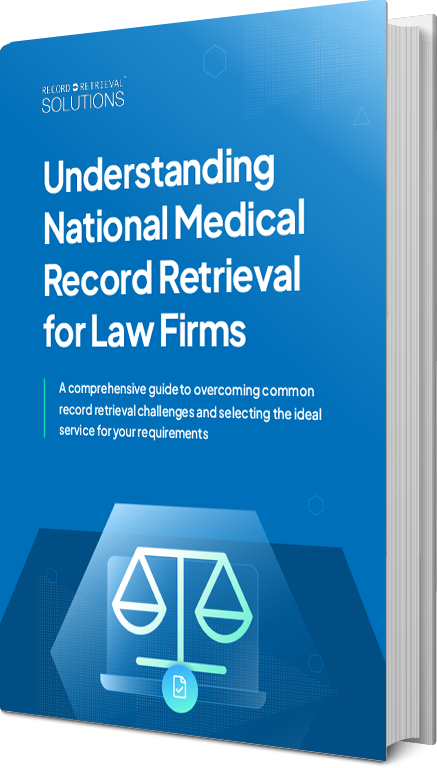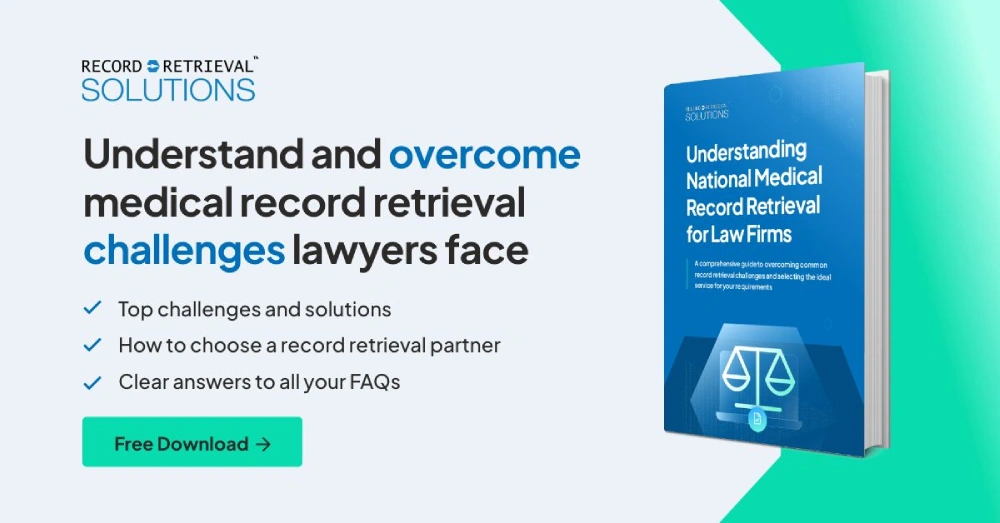To strengthen their case during court trials, personal injury and workers’ compensation attorneys often rely on MRIs, CT scans, and other radiology images that depict their clients’ injuries or illnesses. Unfortunately, lawyers face plenty of challenges that prevent them from effectively using medical images in litigation, including:
1. Obtaining, storing, transporting, and viewing radiology images
Prior to digitization, doctors burned X-rays onto large pieces of film that would be held against a light box for viewing. This meant that attorneys who needed access to those X-rays would need to acquire the physical film itself — often the only copy there is.
But with digitization, radiology images can now be displayed on computers in much higher resolutions and sometimes even multiple dimensions. 4D medical images, for example, can show pulsing organs in the body. Since these images are now in digital format, they can be stored and transmitted electronically.
However, when lawyers need a copy of radiology images, these digital files are saved in a physical medium, like a CD or DVD, which is then transported back to their offices. There are plenty of issues that can arise from this retrieval process. First, complex digital images are often extremely large files, which may not fit on a CD or DVD. Discs are also prone to getting lost or stolen during transit. And even if the disc successfully arrives at the attorney’s office, there is no guarantee that it did not get damaged during transit or its contents are complete or accurate.
Moreover, many modern computers no longer have optical drives, forcing lawyers to use old machines that have such drives — machines that will take forever to load the medical images. There’s also the challenging task of figuring out how to view the images using the rudimentary viewer included in the disc. Not to mention the fact that different viewers have different usage instructions, which can be frustrating and time-consuming to comprehend.
2. Sharing radiology images
When attorneys plan to use medical images in litigation, they seek medical experts to review and analyze these. Therefore, lawyers have to find a way to share these images, which would usually mean saving another copy onto a disc and transporting that disc to the medical expert’s office. So on top of all the issues that arise from using discs to copy radiology images, lawyers will also have to pay shipping fees to share these images. Multiply those costs and delays by the number of people who also need access to these images — members of the litigation team, clients, expert witnesses, insurance companies, and the opposing counsel — and you have an expensive logistical nightmare.
3. Ensuring the confidentiality of radiology images
Medical images are considered protected health information, which is subject to the confidentiality and privacy requirements of the Health Insurance Portability and Accountability Act of 1996 (HIPAA). This means that lawyers must take all the necessary measures to keep radiology images from being disclosed to other parties without the patients’ consent or knowledge. However, it’s extremely difficult to secure medical images that are copied, transported, and viewed on discs. This problem puts lawyers at risk of paying HIPAA noncompliance fines, which range from $119 to $58,000 per violation.
Related reading: What law firms need to know about HIPAA
There’s now a better way to obtain, view, and share medical images
Record Retrieval Solutions (RRS) has just launched a new service called radiology imaging retrieval. With this, you only need to place an order with RRS using our HIPAA-compliant online portal. The custodian has the option to simply drag and drop the requested radiology images onto our portal, enabling them to respond to your request faster. Since these images are online, you can view and download them anytime using any browser or internet-connected device. You can also use our built-in standardized, full-featured viewer to view the medical images — no need to download any plugin or extension.
Sharing radiology images is also quick, easy, and cost-efficient with RRS. Using the same portal, you can give medical experts, clients, or any third party remote secure access to the radiology images. You may even leverage our shared online viewing feature to make remote expert consultations more productive.
Radiology imaging retrieval makes everything about medical images easy:
- You no longer need to mail or fax medical imaging requests to medical record custodians.
- There’s no more waiting for weeks for CDs/DVDs to arrive in the mail.
- Worrying about lost, stolen, or damaged discs is now a thing of the past.
- There’s no need to pay for expensive shipping fees to share radiology images.
Eager to try our new service? Get started today!







